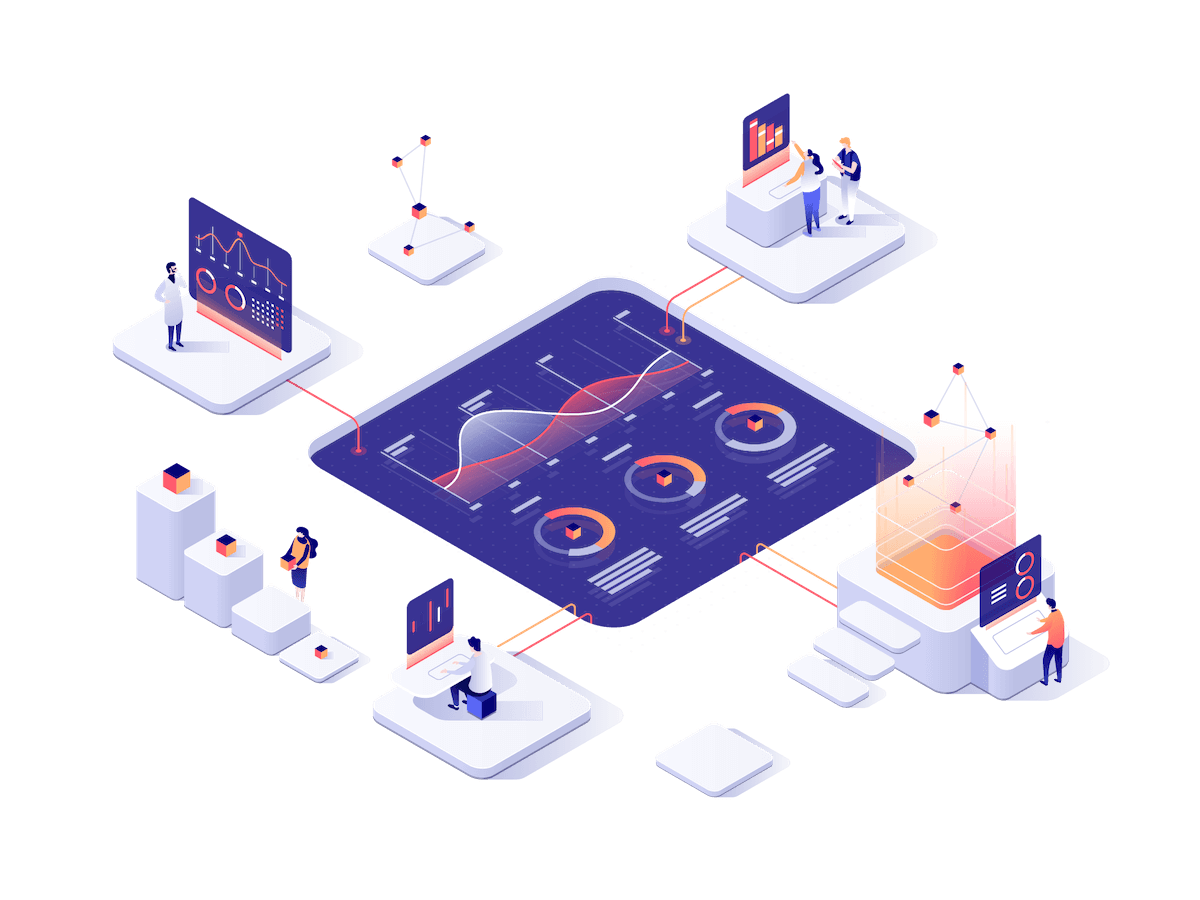How to process data in an era of too much information

For the past 20 years our access to information has skyrocketed. The post-millennium booms in technology and advertising have led to an exposure of thousands of words and images that we process on a DAILY basis through our devices. Working in the digital field means being even more attentive to this aspect of our work.
How does this affect our ability to process and clearly understand the data that is thrown at us? How do we translate the value of it to our clients? Here’s an attempt to understand how we can better trust and improve data and what the possibilities are in terms of efficient solutions for our businesses.
Lost in translation?
Data has never been richer and layered than today. Not only are we dealing with a myriad of sources where you can find data but also an abundance of tools for mining and making sense of this data. From the largest organisations to the smallest independent, it’s impossible to ignore how valuable data can be. It’s becoming such an indispensable part of the business that CDO’s (Chief Data Officers) and other data professionals are driving overall business strategy. They treat the collected data by unpacking it, examining it and translating it through the different areas of the company and interaction with the clients.
3 basic methods for processing your data
Before diving into the different structures, it’s important to keep in mind that you need team members or agencies like WAAT who understand the language of data in order to get the best out of it.
As the first step is to collect and structure data, it is best to work with a data hub, a storage place and prime conductor for operational processes within the business. Think of it as a high-quality and structured platform of information, accessible to your entire team. The characteristics of a data hub makes it easier to feed the data to an algorithm.
Another option is to have a data warehouse, designed to enable and support business intelligence activities such as analyzing and reporting data insights. This is where you can pull graphics and stats from historical data input. Companies such as IBM, Amazon, Snowflake and Oracle are known for selling on-premises, on-cloud and integrated data warehouse solutions.
A final and alternative method that is less structured and of lower quality is to keep all your data in a data lake, holding all kinds of data: raw, structured and in different formats. A place that is more interesting to data scientists than business professionals.
As this was a brief introduction to 3 non-interchangeable methods to process data, make sure to look further into it once you’re ready to implement a data-driven strategy in your company. If you succeed to work with at least one of the steps and methods mentioned above, it can be a great start to truly make the distinction between useful and neglectable input and take your business to the next level digitally.






